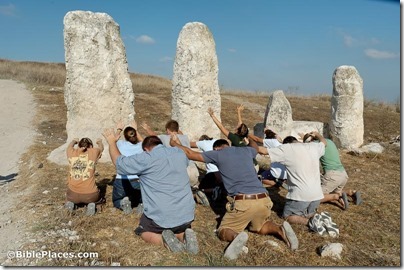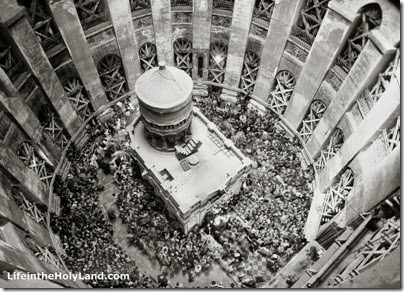The Preliminary Report for the 2017 excavation season at Tel Kabri has been posted.
ABR has provided a brief overview of discoveries at Shiloh this year.
ABR has posted Rodger C. Young’s article on “How Lunar and Solar Eclipses Shed Light on Biblical Events.”
Remove the tarps and launch the drone and this is what the excavations of Gath look like after this year’s digging was completed.
Israel’s Good Name reports on a university field trip to Tel Aroma and Mount Gerizim, including his encounters with birds and boars.
A team from Biblical Illustrator has made multiple trips to the Middle East to take photographs for their magazine.
The British Museum has uploaded a 3D model of the Rosetta Stone.
The IAA arrested five antiquities dealers in Jerusalem on charges related to selling $22 million of antiquities to Steve Green.
The Met has turned over to authorities a bull’s head that may have been looted from Lebanon.
Authorities seized an ancient Greek krater from the Met on suspicions it was looted from Italy.
Ferrell Jenkins explains the significance of Tisha B’Av.
Amnon Ben-Tor, who has been excavating at Hazor since 1957, is interviewed on the LandMinds Podcast.
Insights from Archaeology by David A. Fiensy has just been released by Fortress Press. The publisher’s site includes a free article from the book.
HT: Ted Weis, Charles Savelle, Agade


